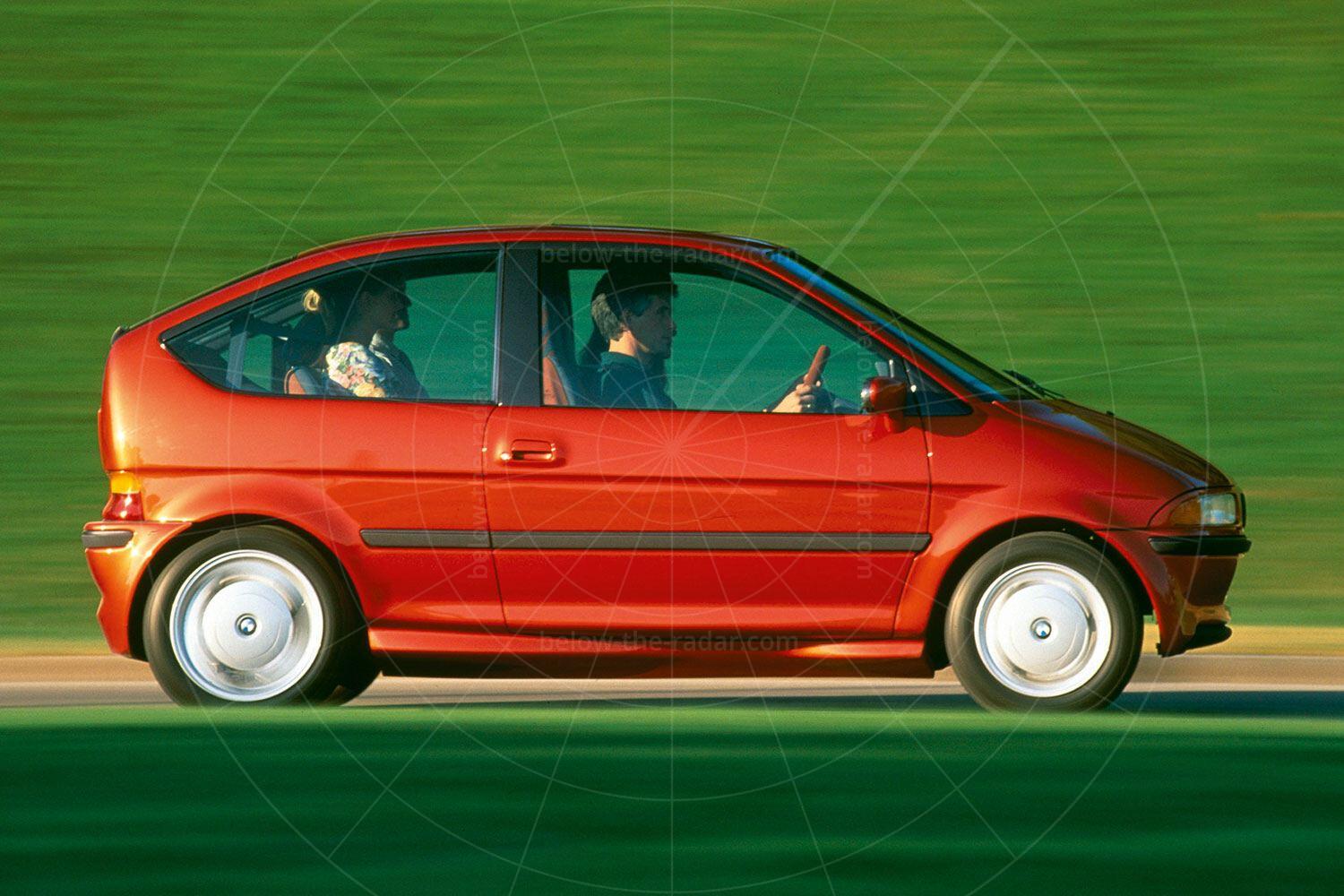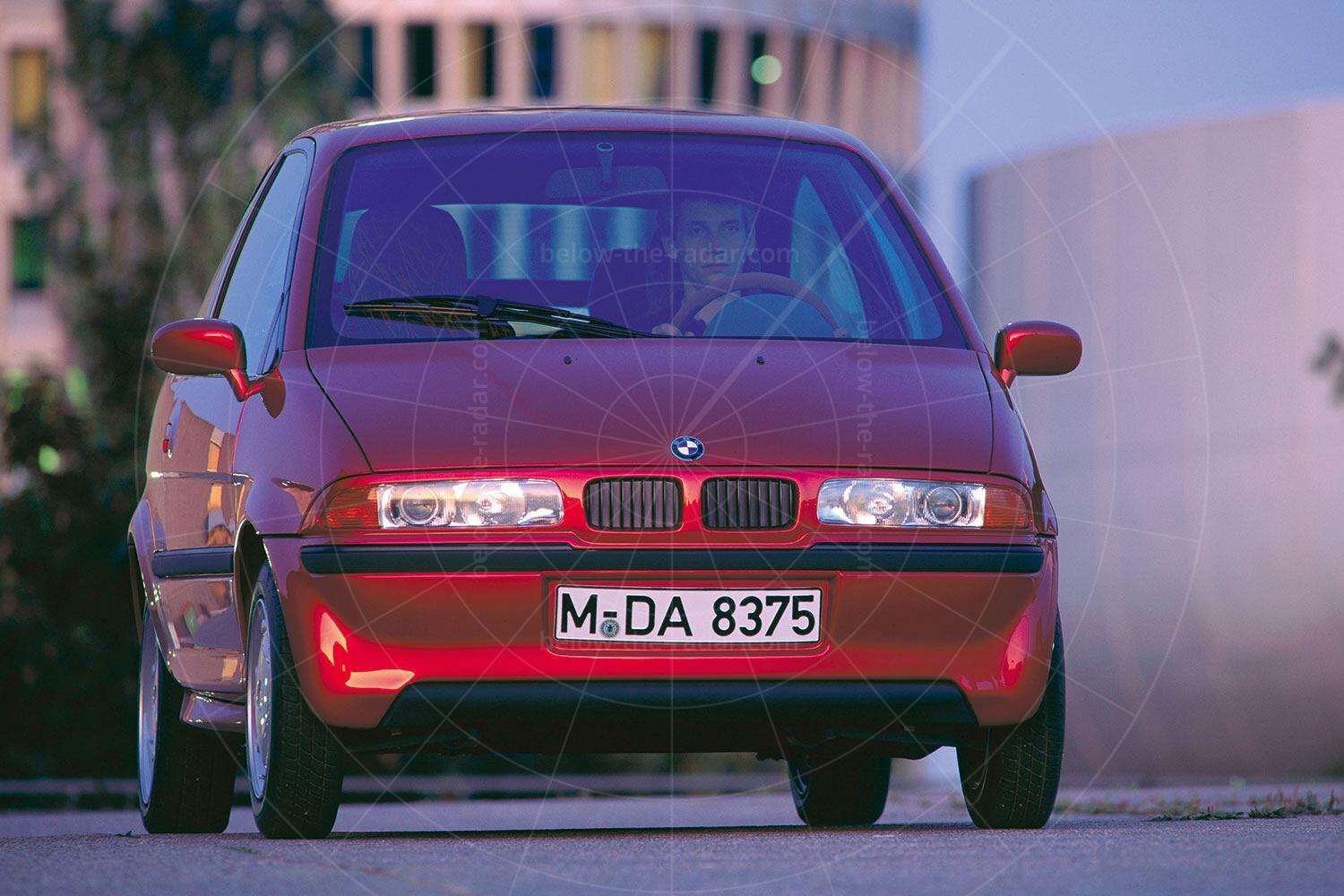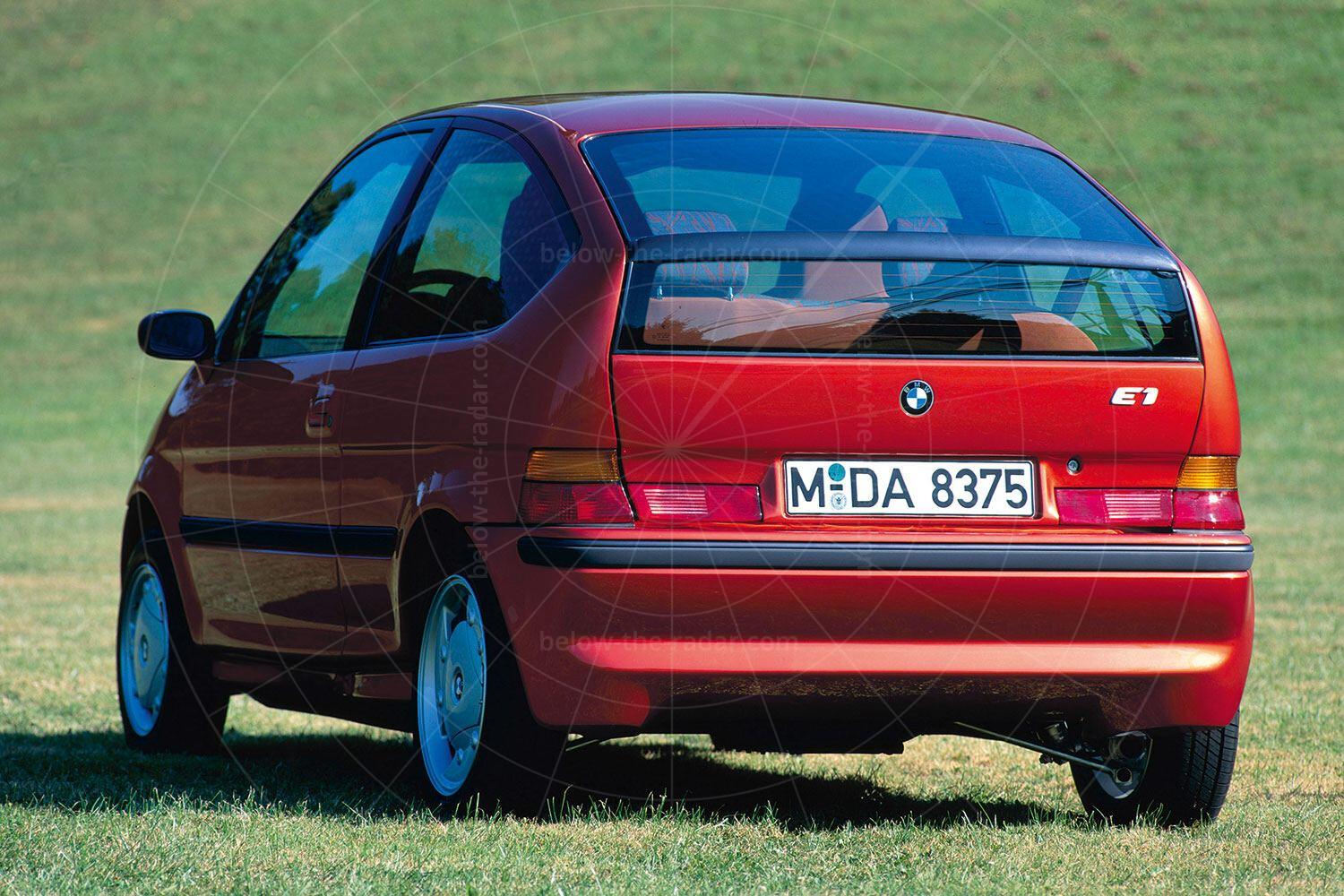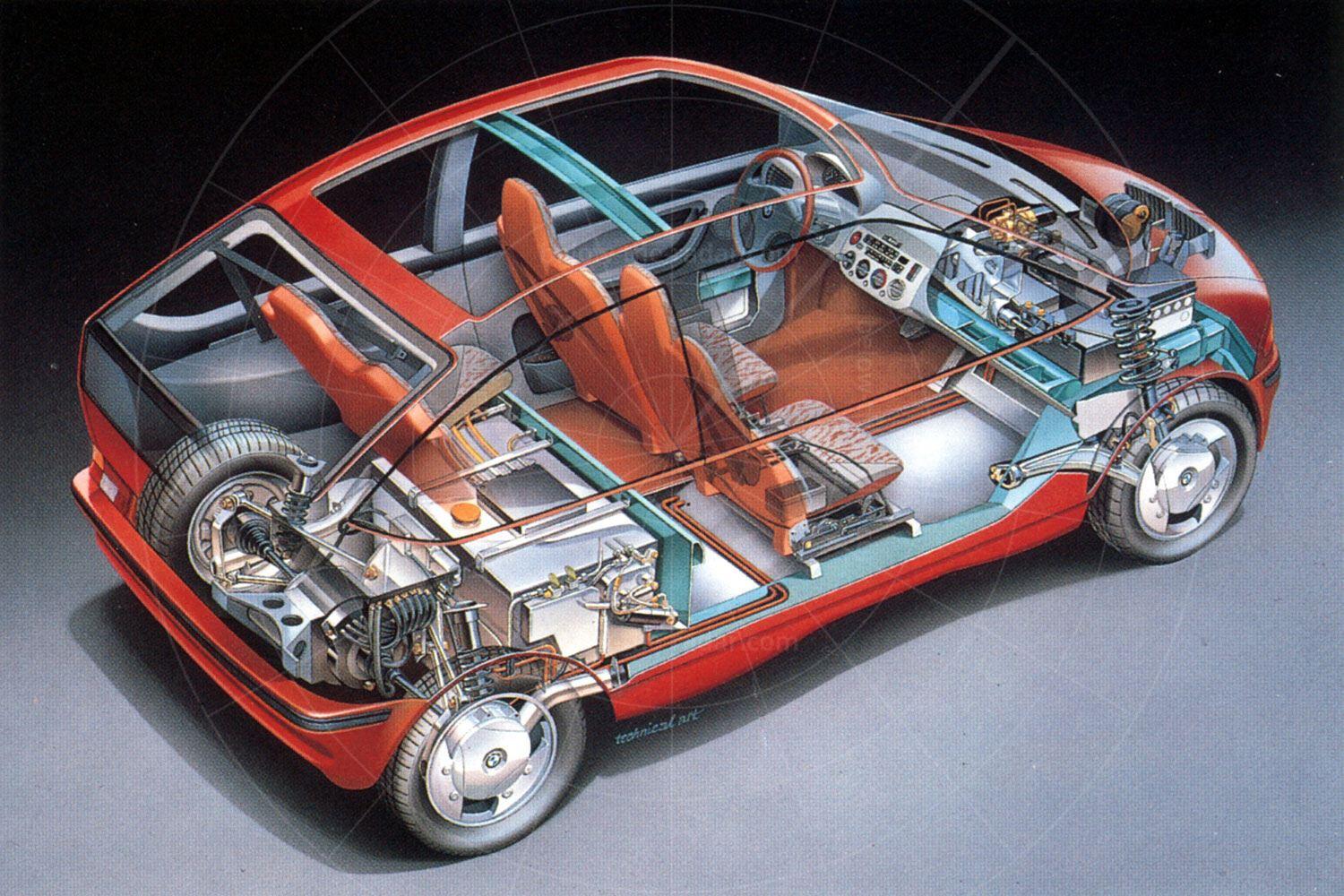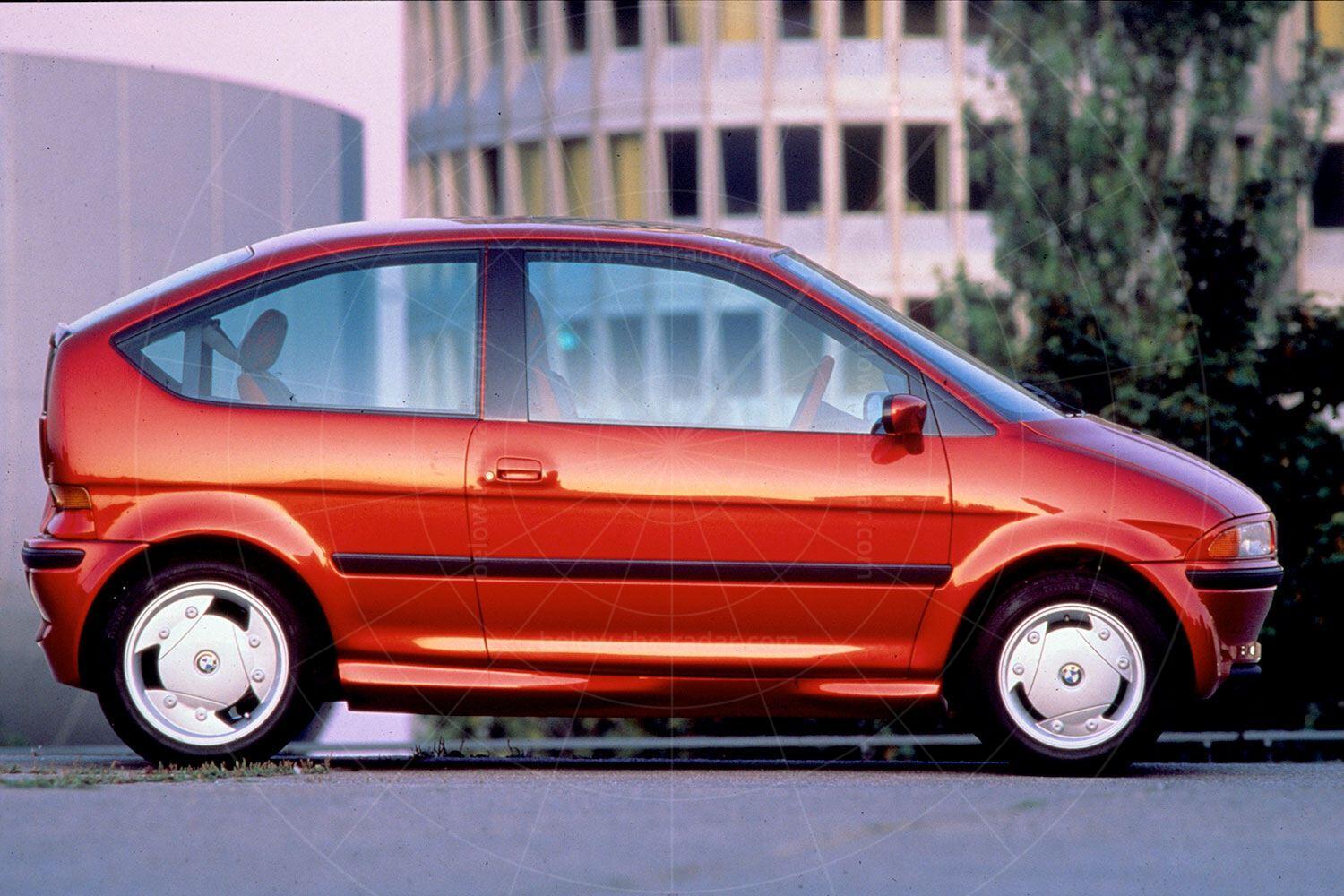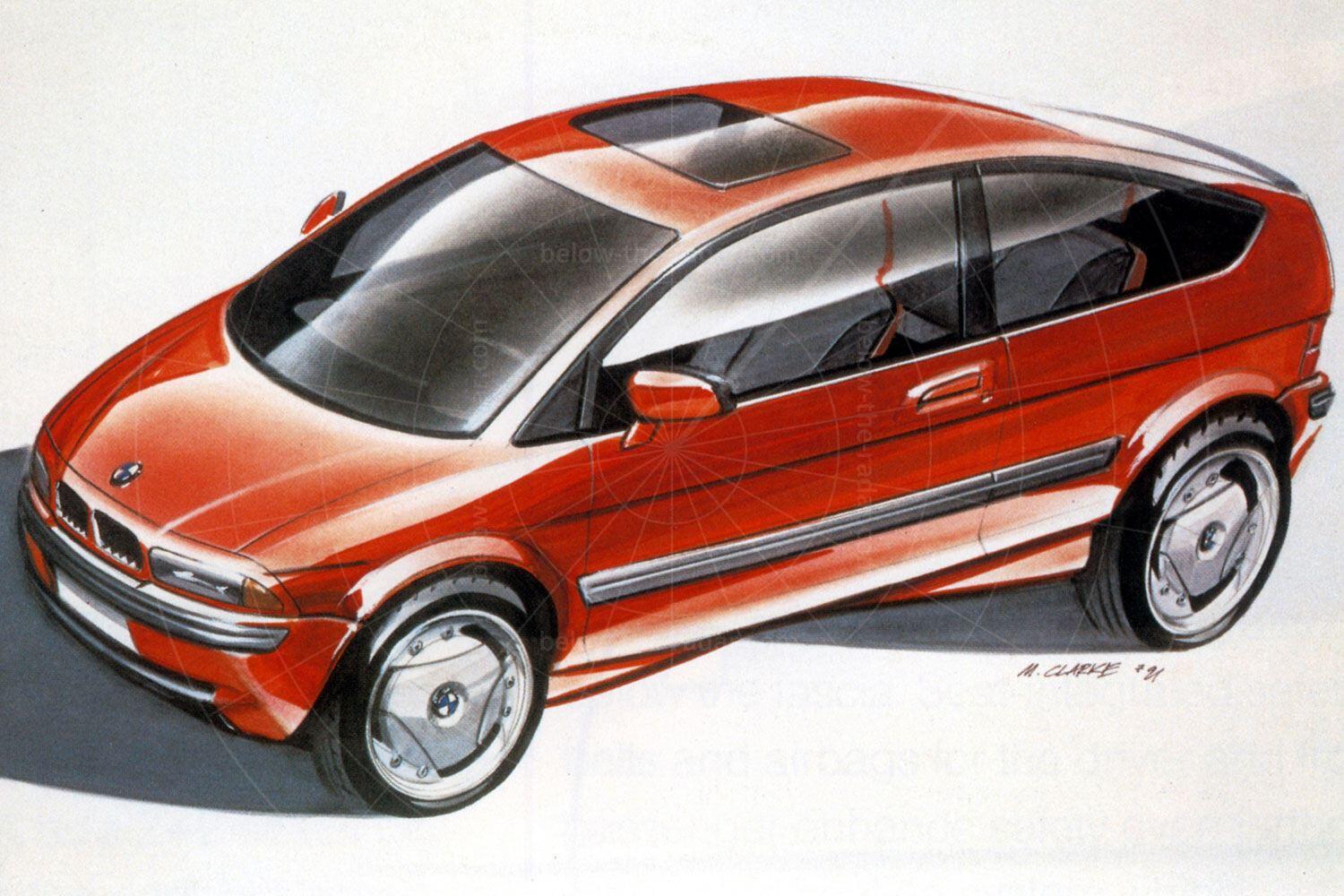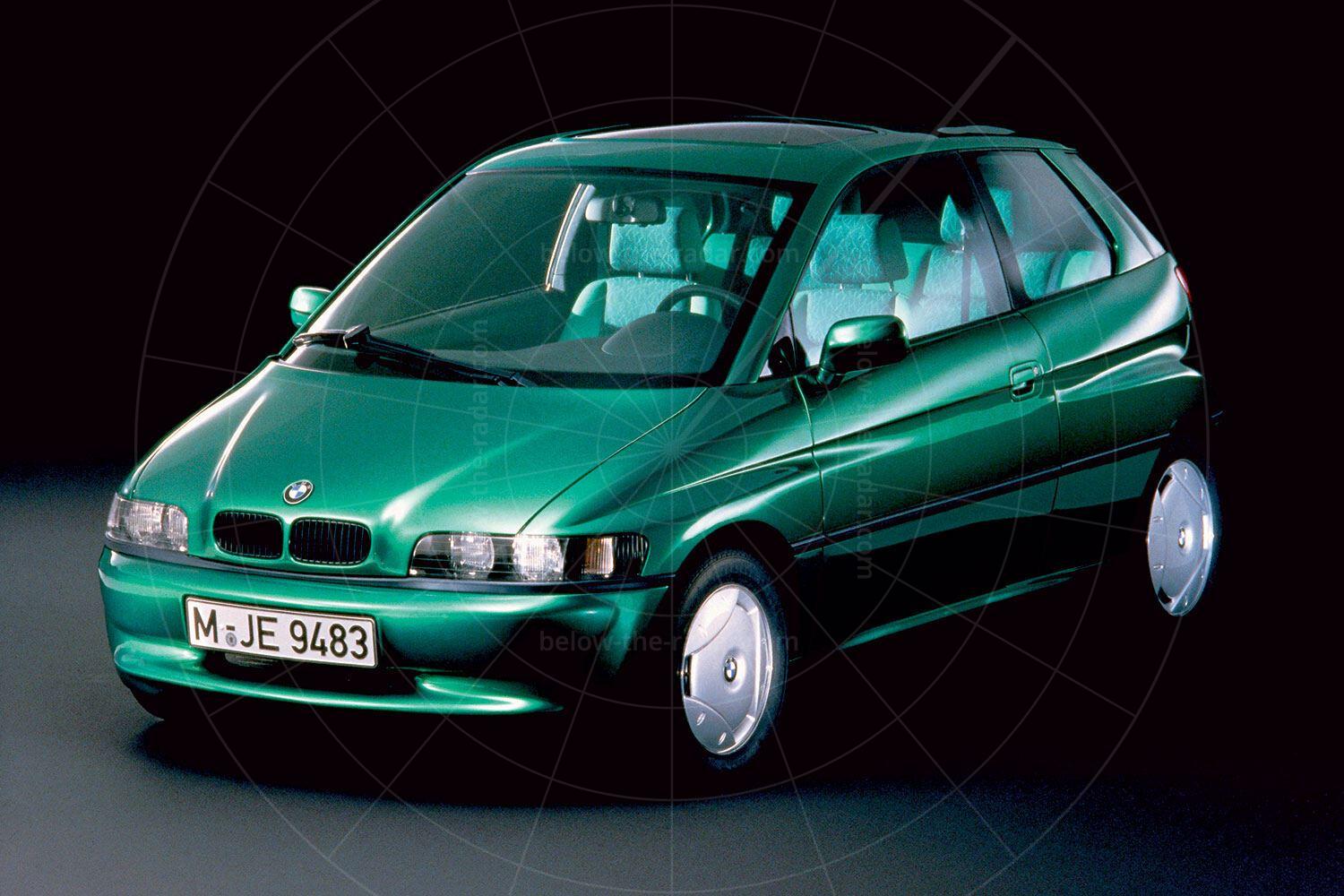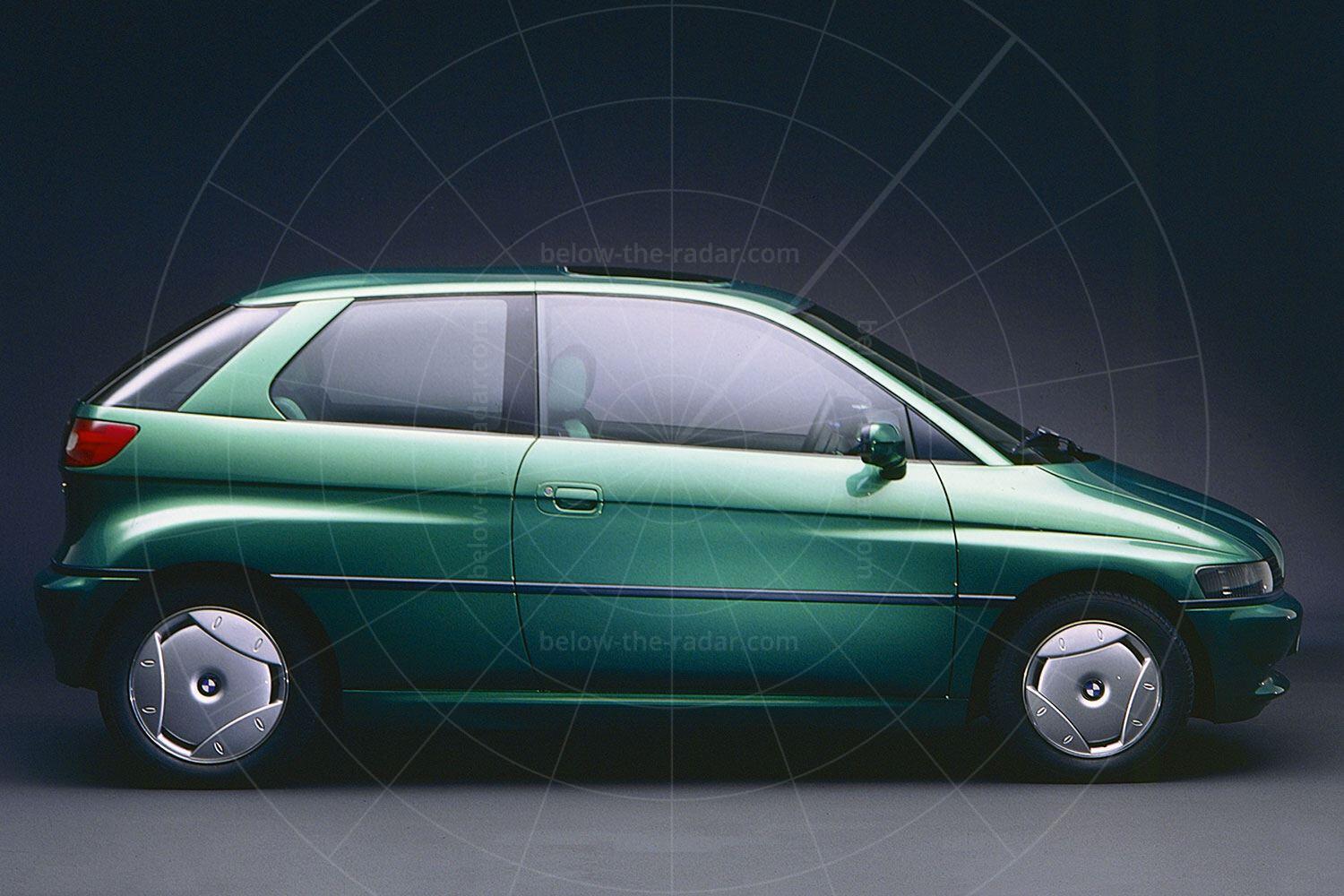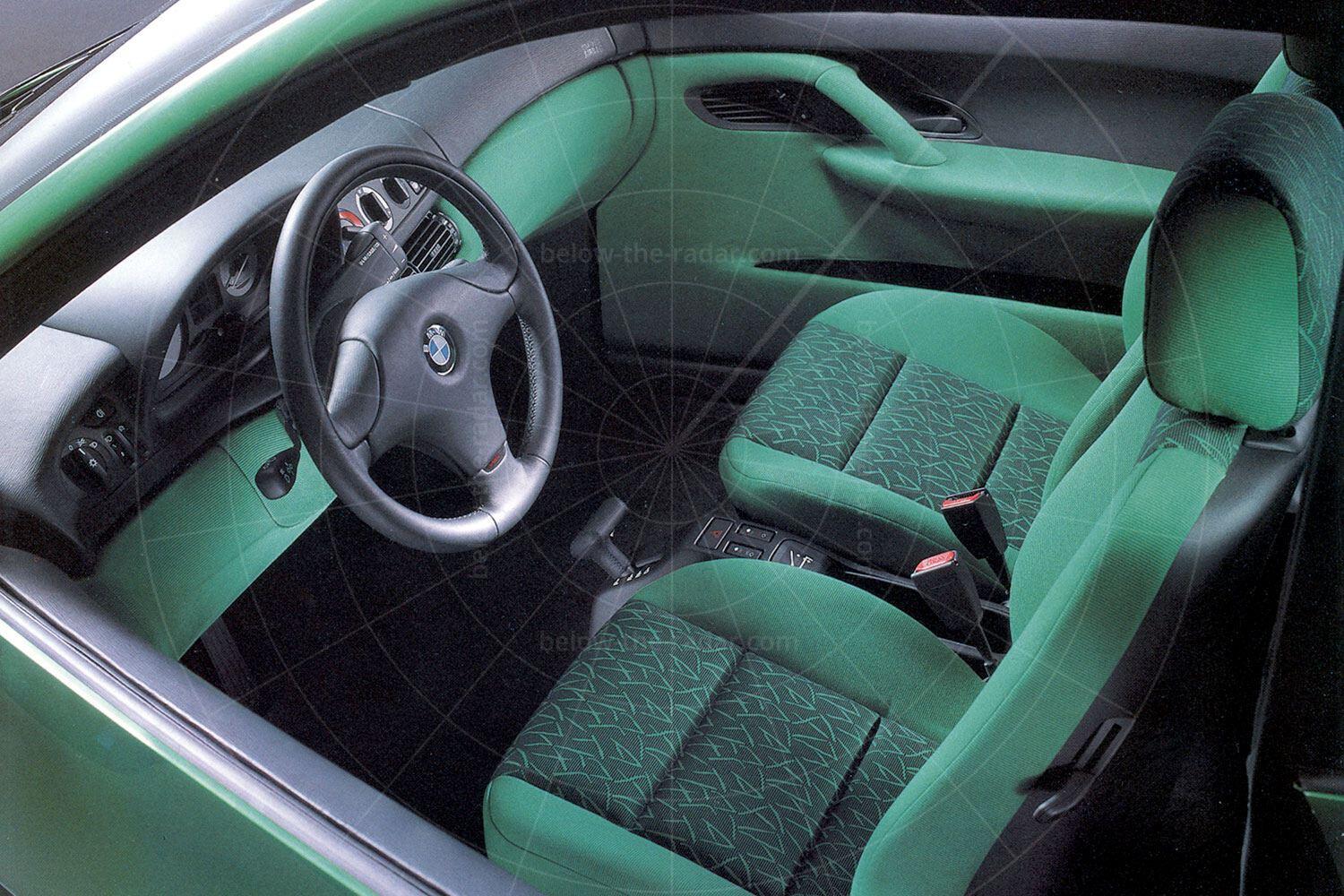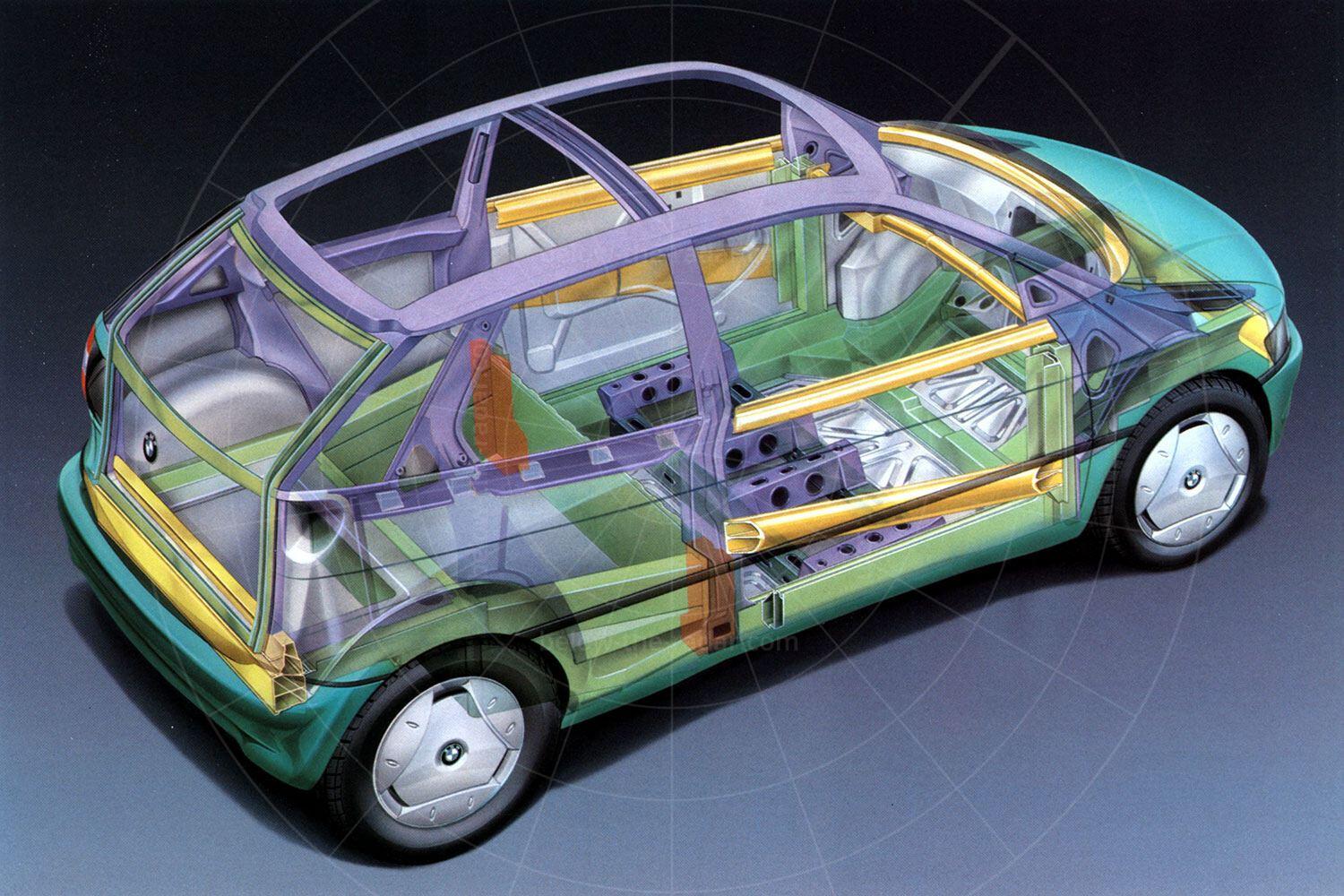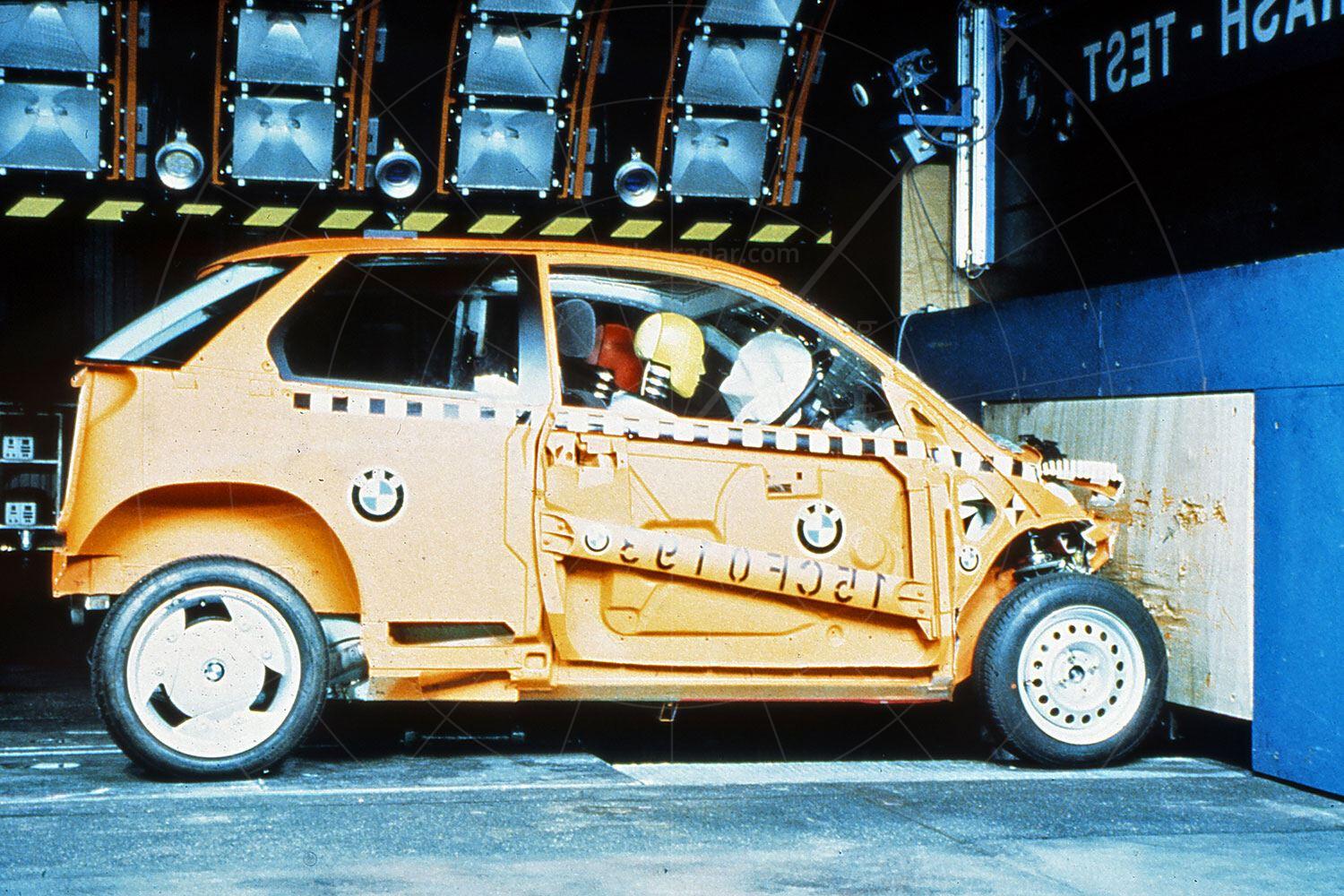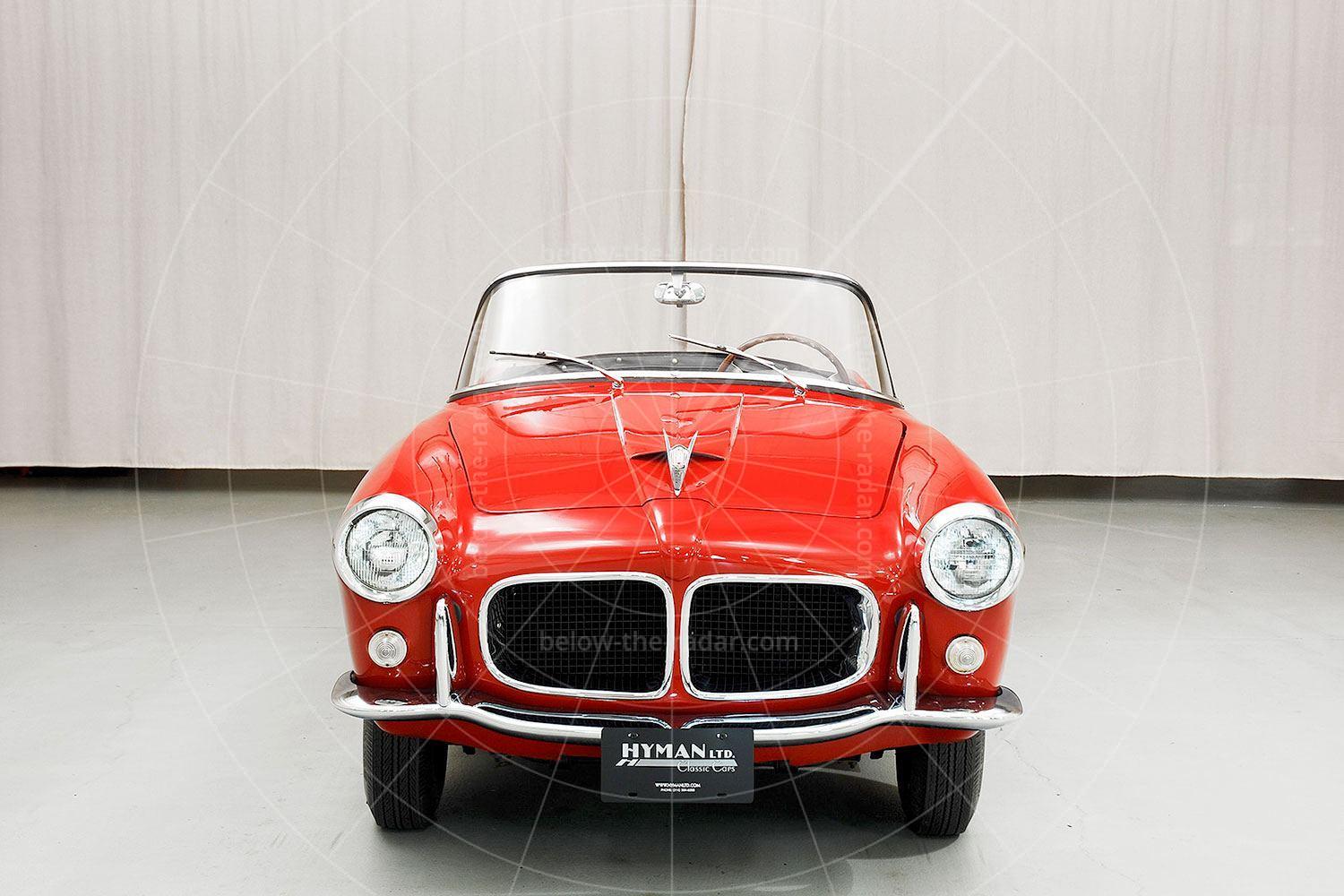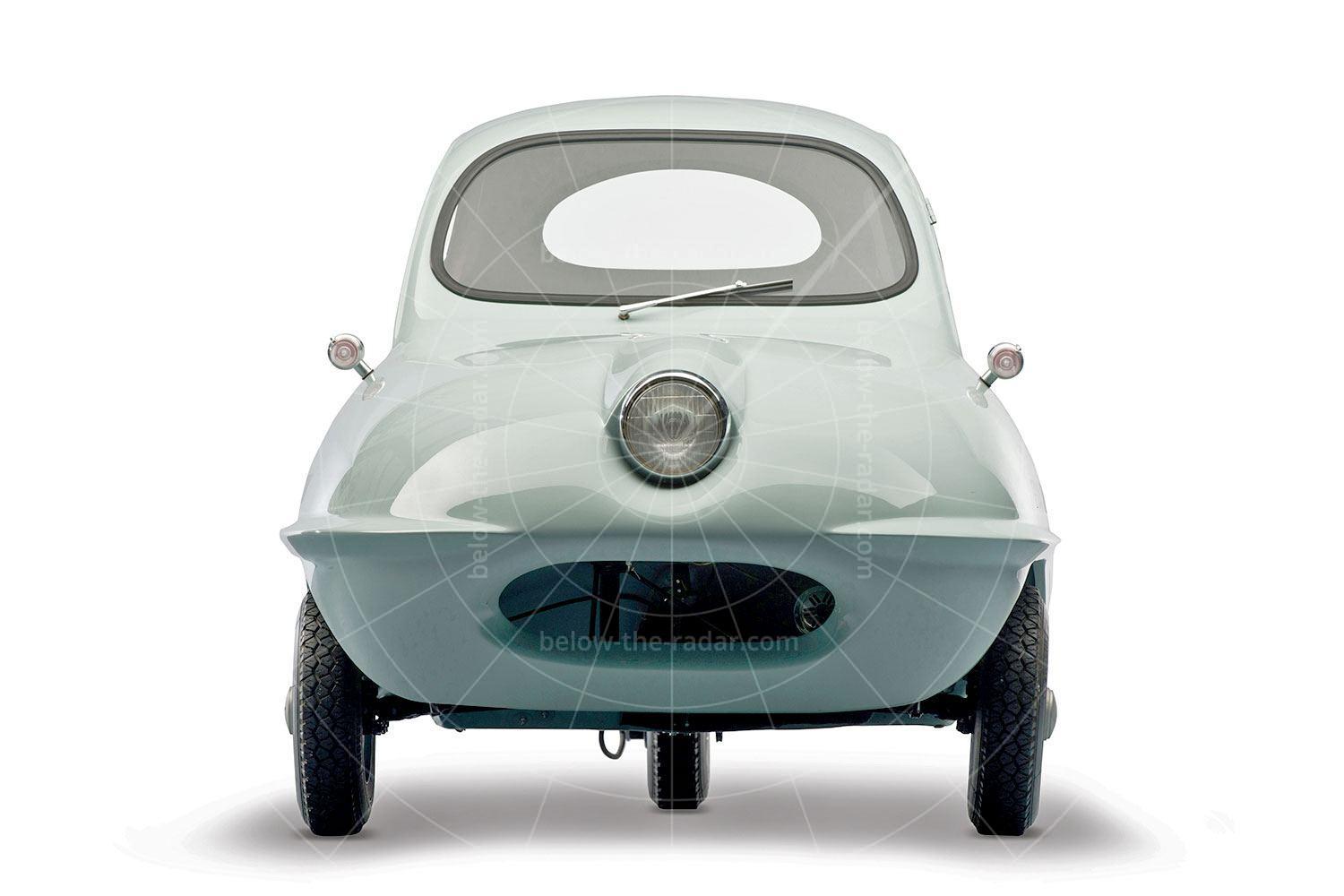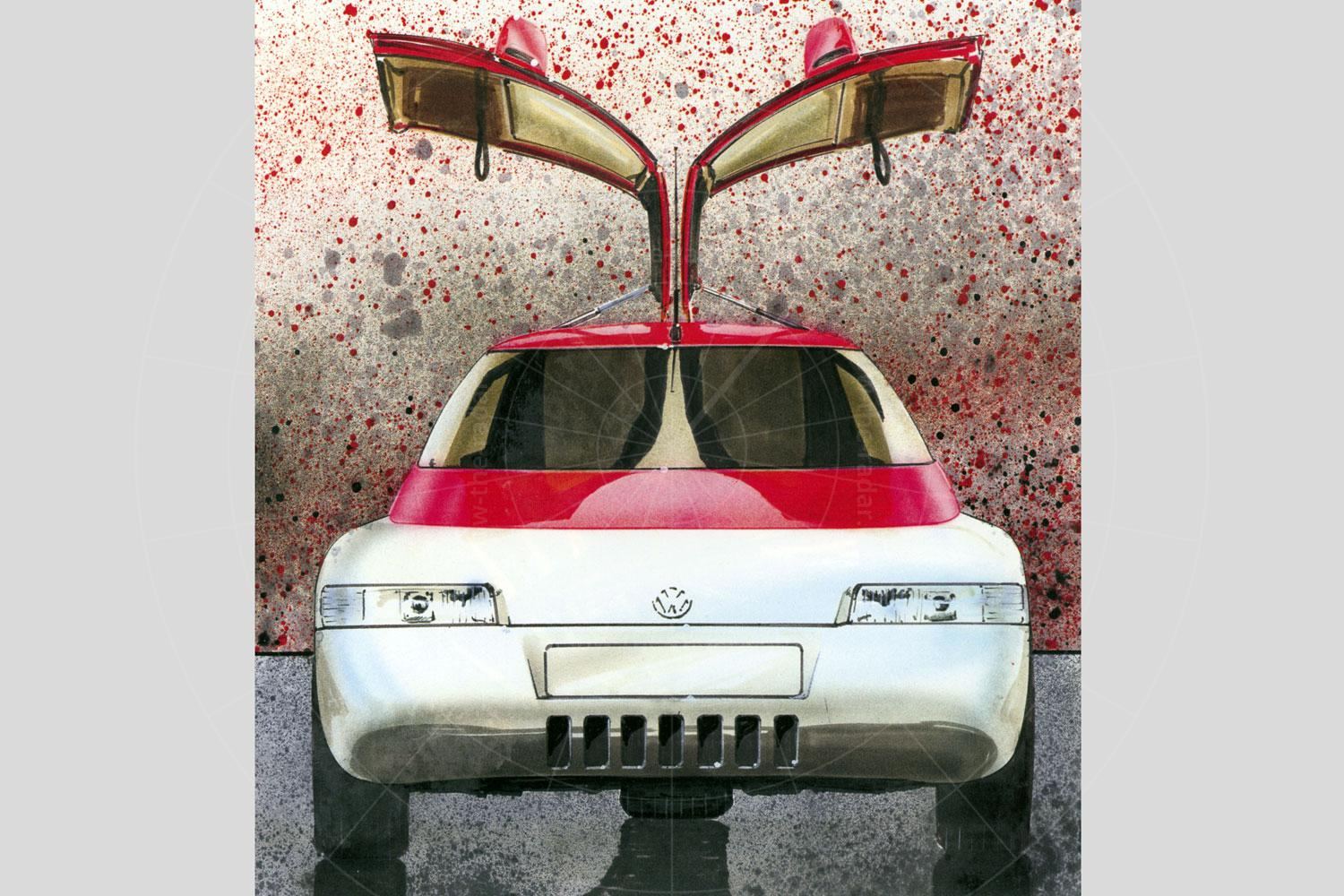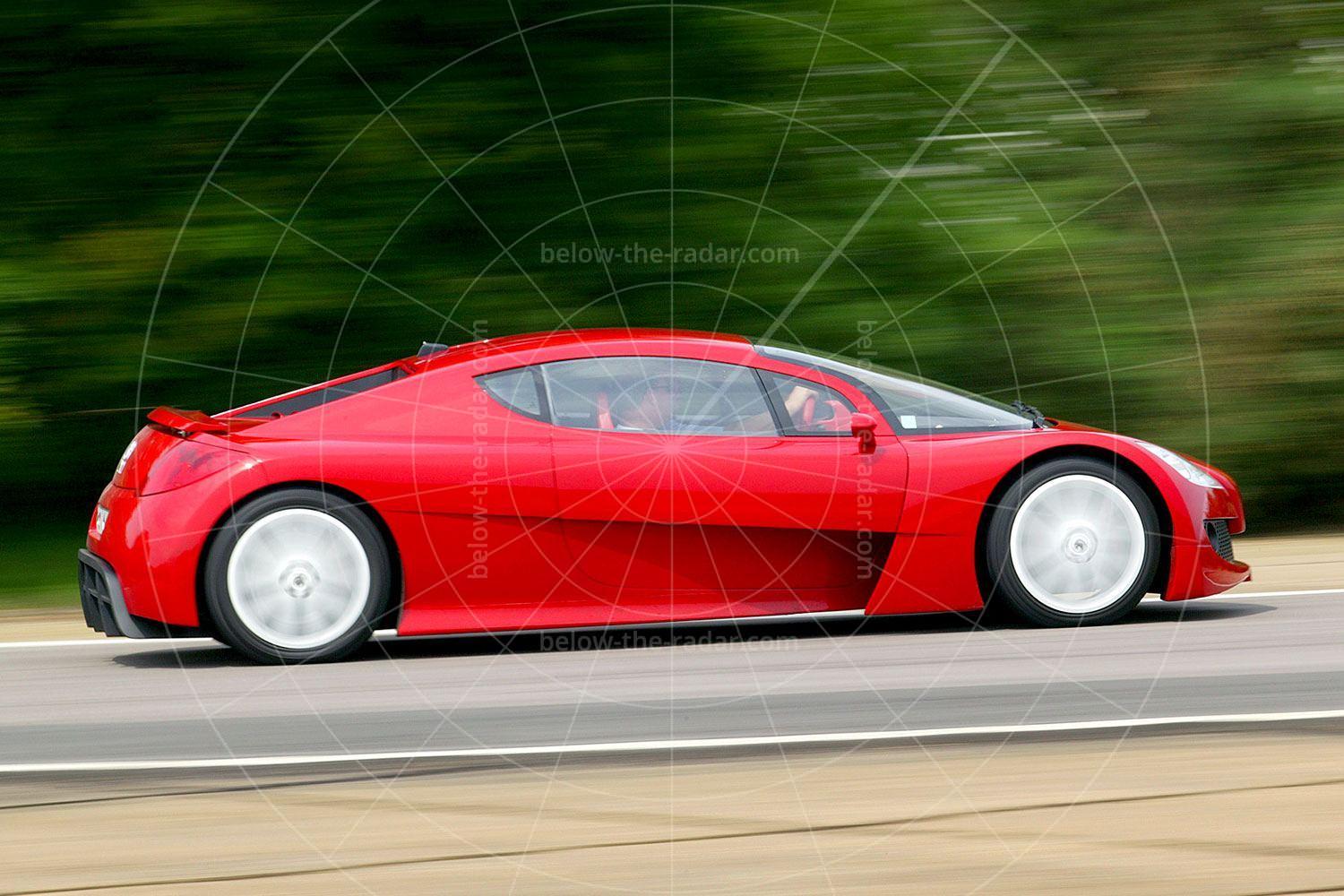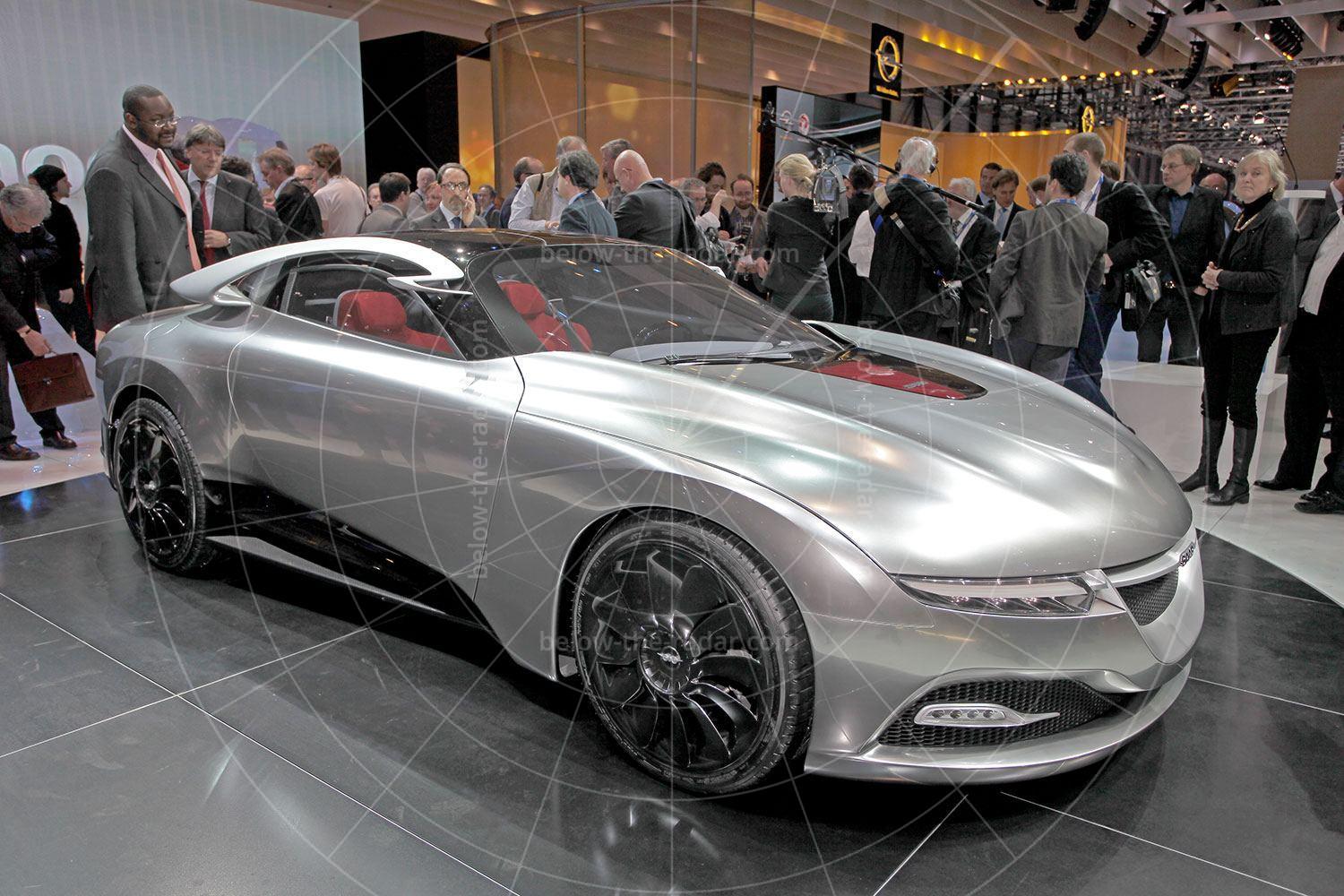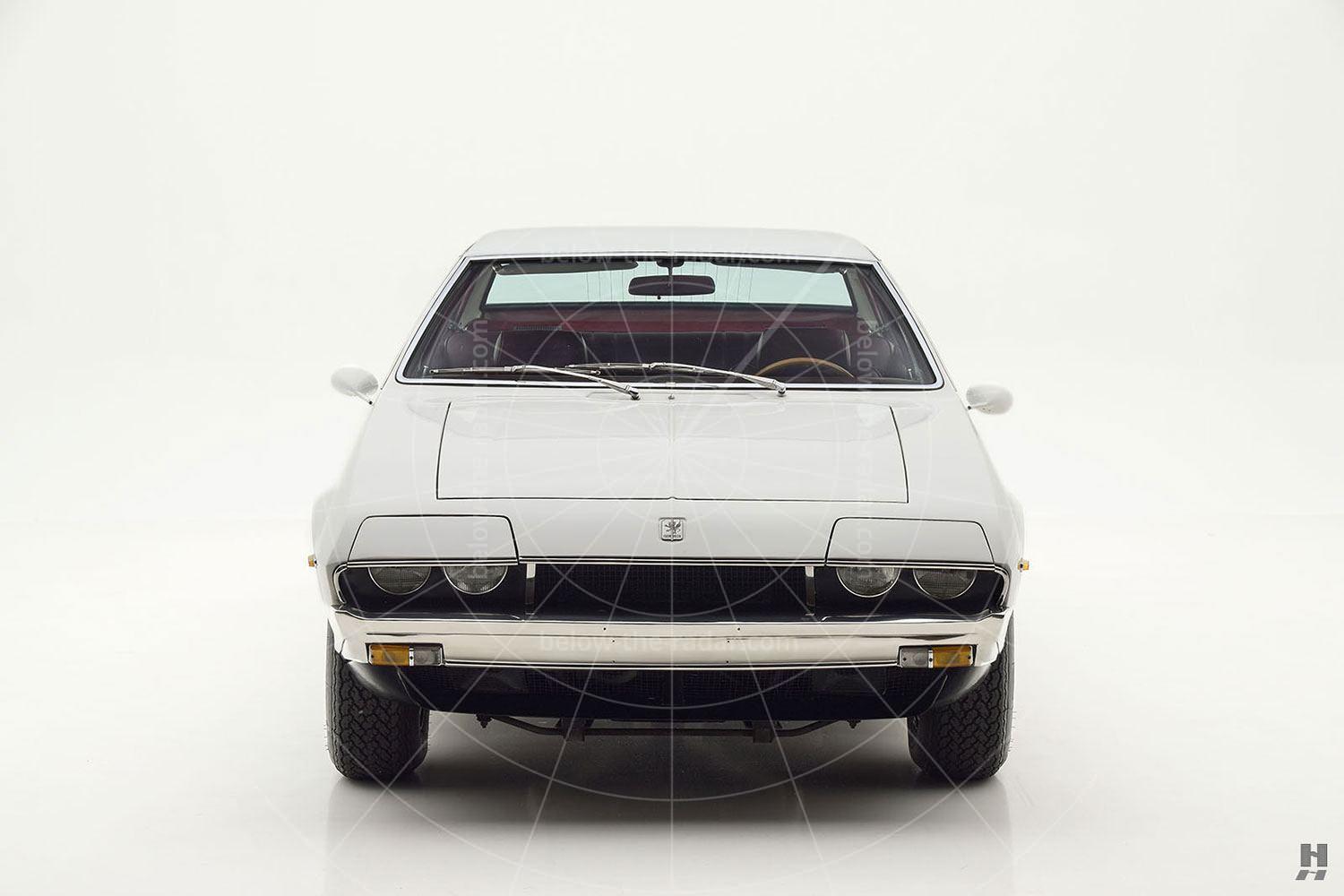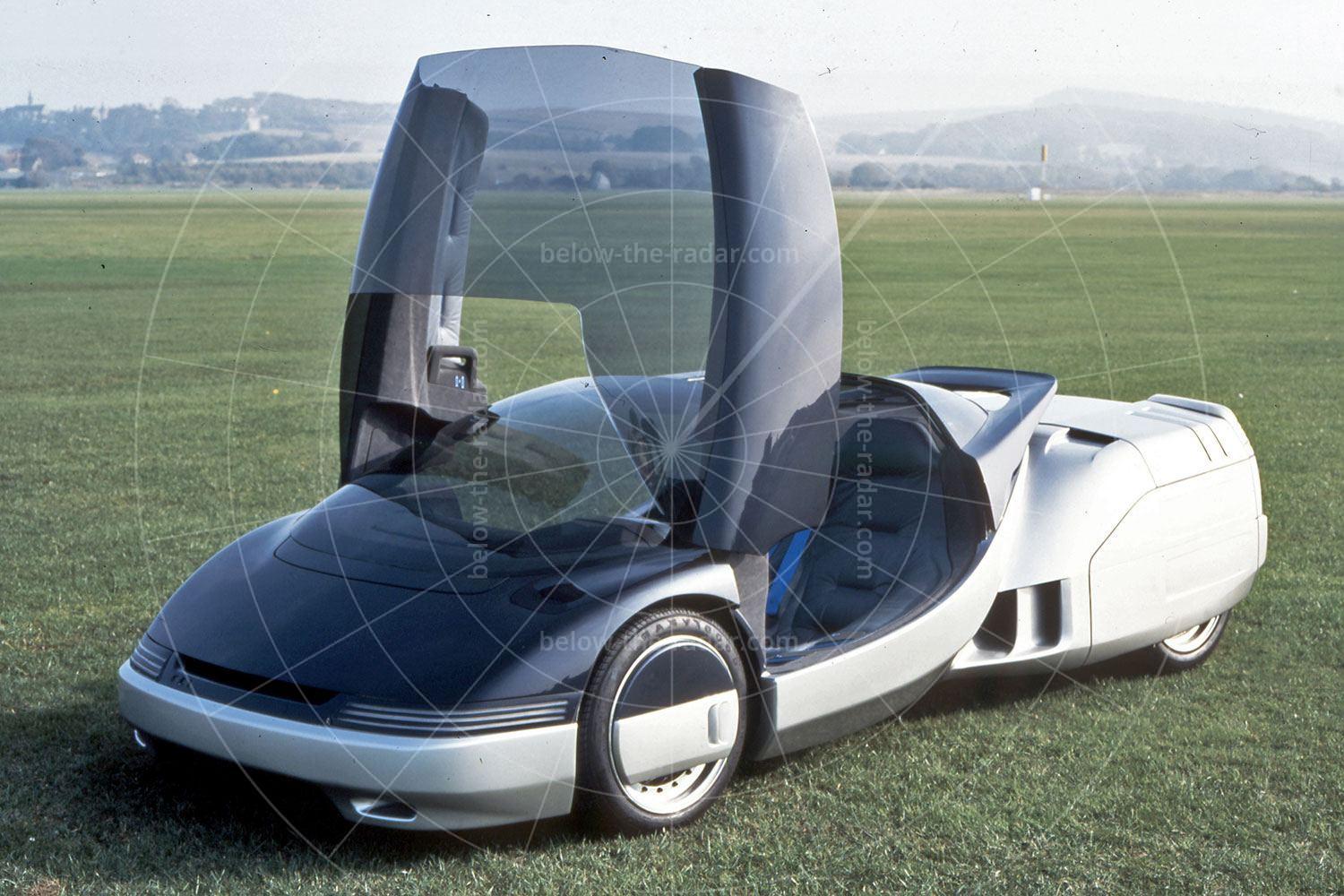There were two incarnations of the BMW E1, the first of which made its debut at the 1991 Frankfurt motor show while the second followed two years later. They were both electrically powered and because the second one was not much of an advancement over the first, they both suffered from the same fundamental problem – battery technology simply hadn’t been developed far enough to make the electric car a viable proposition for many people to use as a first car. And the cost of buying a full-sized car for just commuting wasn’t something that was economically viable for many people.
The first E1 featured a compact bodyshell with an unusually high roof line and just three doors. There was virtually no overhang at either end and although its compact dimensions helped to keep weight down, by using an aluminium frame on to which was hung a plastic outer skin. All this helped to keep weight down but the aerodynamics also had to be optimised to get the best possible range out of the batteries – the E1 achieved a drag coefficient of just 0.32.
Unfortunately, such diminutive dimensions also means that crash safety is easily compromised. With virtually no space front or rear for crumple zones, there had to be some very clever engineering used to make the car crashworthy. Areas which would normally be designed to crumple had to be reinforced while the E1’s main structure was much more rigid than usual with plenty of lateral reinforcement.
Inside the E1 things were kept very simple, with all of the controls kept together in the centre of the fascia while the three dials that made up the instrumentation were grouped together directly in front of the driver. Despite the short length of the E1 it was a full four seater, with the luggage space unusually accommodating thanks to a low floor – the batteries were stored under the rear seat and the compact motor was under the boot floor. But the weight and capacity of these batteries was the limiting factor, as not only did they account for a quarter of the car’s 880kg kerb weight, but they provided a range of just 60-90 miles. This was despite the fact that they were the most efficient batteries available at the time; the sodium-sulphur units were up to four times more efficient than conventional lead-acid types. But it still wasn’t enough.
The second E1, which was unveiled at the 1993 Frankfurt motor show, was available in three versions: petrol, electric and a petrol-electric hybrid. This concept was a result of the marriage of the technology used in the first E1 with the bodyshell of the Z13, a concept that BMW had unveiled at the 1991 Geneva motor show.
There was also a new body design (changed from the first E1, and also different from the Z13) and by using aluminium for the main structure it was possible to keep the car’s weight down as much as possible. The look and structure of all three derivatives was identical – the differences were purely in the motive power. As far as the electric version was concerned the second-generation E1 didn’t really move the game on; the new concept was little more than a reskin of the earlier car.
The electric E1 was powered by a 45bhp motor which sat between the rear wheels. This gave the car a top speed of 78mph and a range of up to 165miles, while the petrol-powered edition was equipped with an 81bhp 1100cc BMW motorbike engine. This was fitted between the front wheels which made it very easy to build the hybrid, as it retained the rear-mounted electric motor and the front-mounted internal combustion powerplant. To save space and reduce weight the hybrid E1 featured a battery pack just half the size as that in the electric version.
| Vital statistics | BMW E1 Mk1 |
|---|---|
| Debut | Frankfurt, 1991 |
| Engine | Rear-mounted, electric motor |
| Transmission | Direct drive, rear-wheel drive |
| Power | 45bhp |
| Top speed | 75mph |

